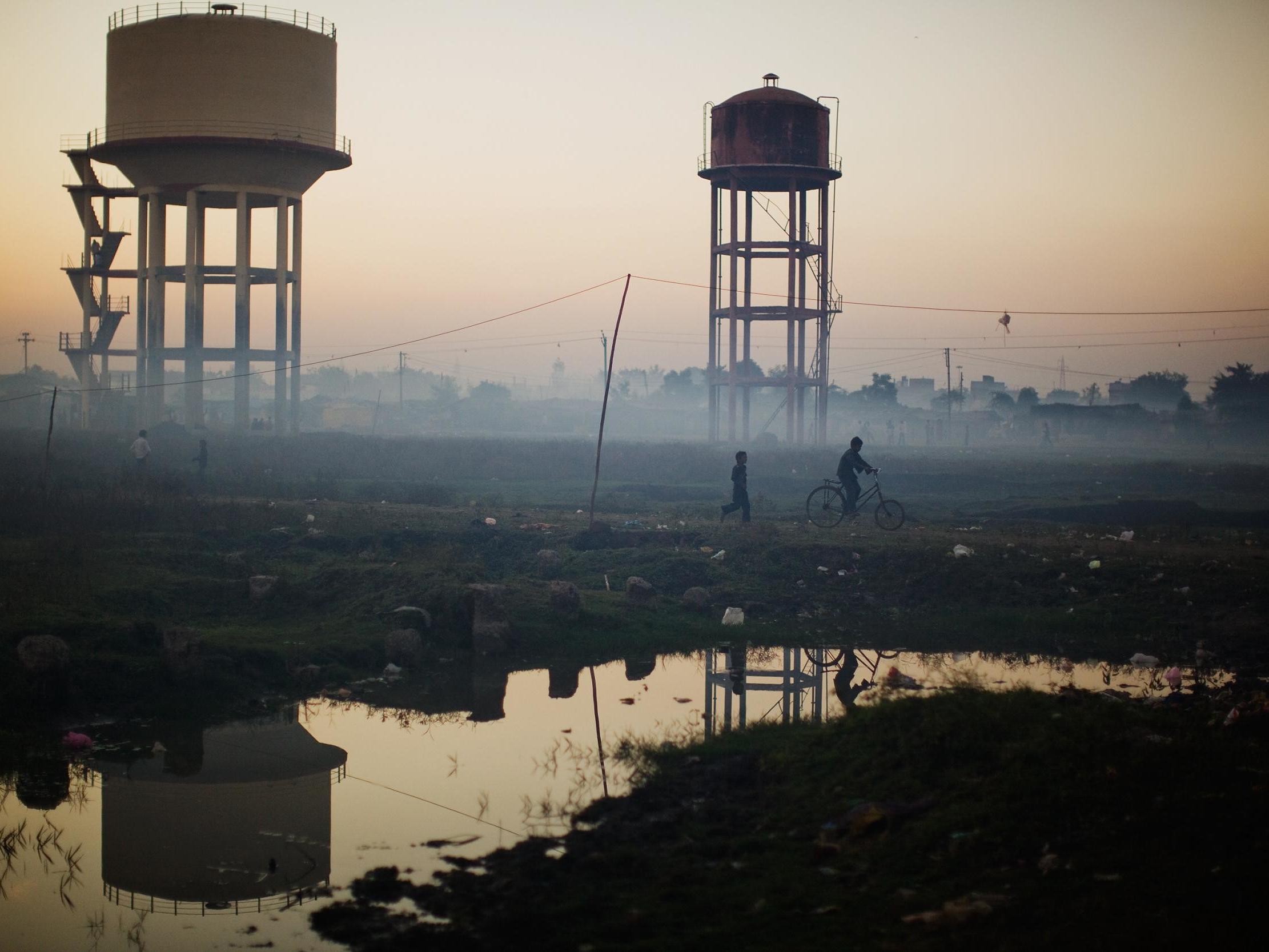Toxic waste from world’s deadliest industrial disaster taken away for disposal after 40 years
Gas leak from Union Carbide pesticide plant in 1984 killed over 20,000 people and poisoned half a million
Your support helps us to tell the story
From reproductive rights to climate change to Big Tech, The Independent is on the ground when the story is developing. Whether it's investigating the financials of Elon Musk's pro-Trump PAC or producing our latest documentary, 'The A Word', which shines a light on the American women fighting for reproductive rights, we know how important it is to parse out the facts from the messaging.
At such a critical moment in US history, we need reporters on the ground. Your donation allows us to keep sending journalists to speak to both sides of the story.
The Independent is trusted by Americans across the entire political spectrum. And unlike many other quality news outlets, we choose not to lock Americans out of our reporting and analysis with paywalls. We believe quality journalism should be available to everyone, paid for by those who can afford it.
Your support makes all the difference.A convoy of trucks took away 337 metric tonnes of hazardous waste from the site of the Bhopal gas tragedy, 40 years after what is regarded as the world’s worst industrial disaster.
The trucks left the abandoned Union Carbide plant in the capital of India’s Madhya Pradesh state on Wednesday night despite protests by workers at the disposal plant the waste was destined for.
A gas leak from the pesticide plant on the night of 2 December 1984 wound up killing over 20,000 people – activists working in the affected community put the toll much higher – and poisoning half a million.
The toxic waste was transported under heavy security for disposal at a plant in Pithampur, 143 miles away, Bhopal gas tragedy relief and rehabilitation department director Swatantra Kumar Singh said.
“The 12 container trucks carrying the waste set off on a non-stop journey around 9pm,” he said. “A green corridor was created for the nearly seven-hour journey of the vehicles to the Pithampur industrial area in Dhar district.”
Nearly 100 workers toiled over four days to load the trucks. The workers “underwent health check-ups and were given rest every 30 minutes”, Mr Singh said.
“The 337 metric tonnes of waste will undergo scientific disposal within three to nine months,” he added.

Five district administrations were put on alert and some 700 security personnel were deployed to move the convoy, The Times of India reported.
The long-pending disposal of the toxic waste began after the state High Court last month set a four-week deadline to clear it away.
“Are you waiting for another tragedy?” the court asked while rebuking authorities for not cleaning up the Union Carbide plant site.
A trial run to dispose of the waste had seen 10 metric tonnes transported away in 2015.
The impending arrival of the toxic waste in Pithampur, a small town near Dhar city, had sparked concerns and protests from the local population.
Many workers at the Pithampur industrial area and their relatives feared for their health and safety, and some had even requested leave. They also held a protest march on Sunday.
Rachna Dhingra, a campaigner for survivors of the gas tragedy, said the solid waste would be buried in a landfill after incineration, likely contaminating local water sources. “Why is the polluter, Union Carbide and Dow Chemical, not being compelled to clean up its toxic waste in Bhopal?” she asked.
The Union Carbide factory was built in 1969 and for years seen as a symbol of India’s industrialisation, generating thousands of jobs for the poor and, at the same time, manufacturing cheap pesticides for millions of farmers.
A settlement with the Indian government, signed in 1989 and overseen by the Supreme Court, saw Union Carbide pay out a total of £367m in compensation.
Dow Chemical, the American multinational which now owns Union Carbide, has been under pressure from campaigners to pay additional compensation to the survivors of the gas leak disaster.

Join our commenting forum
Join thought-provoking conversations, follow other Independent readers and see their replies
Comments